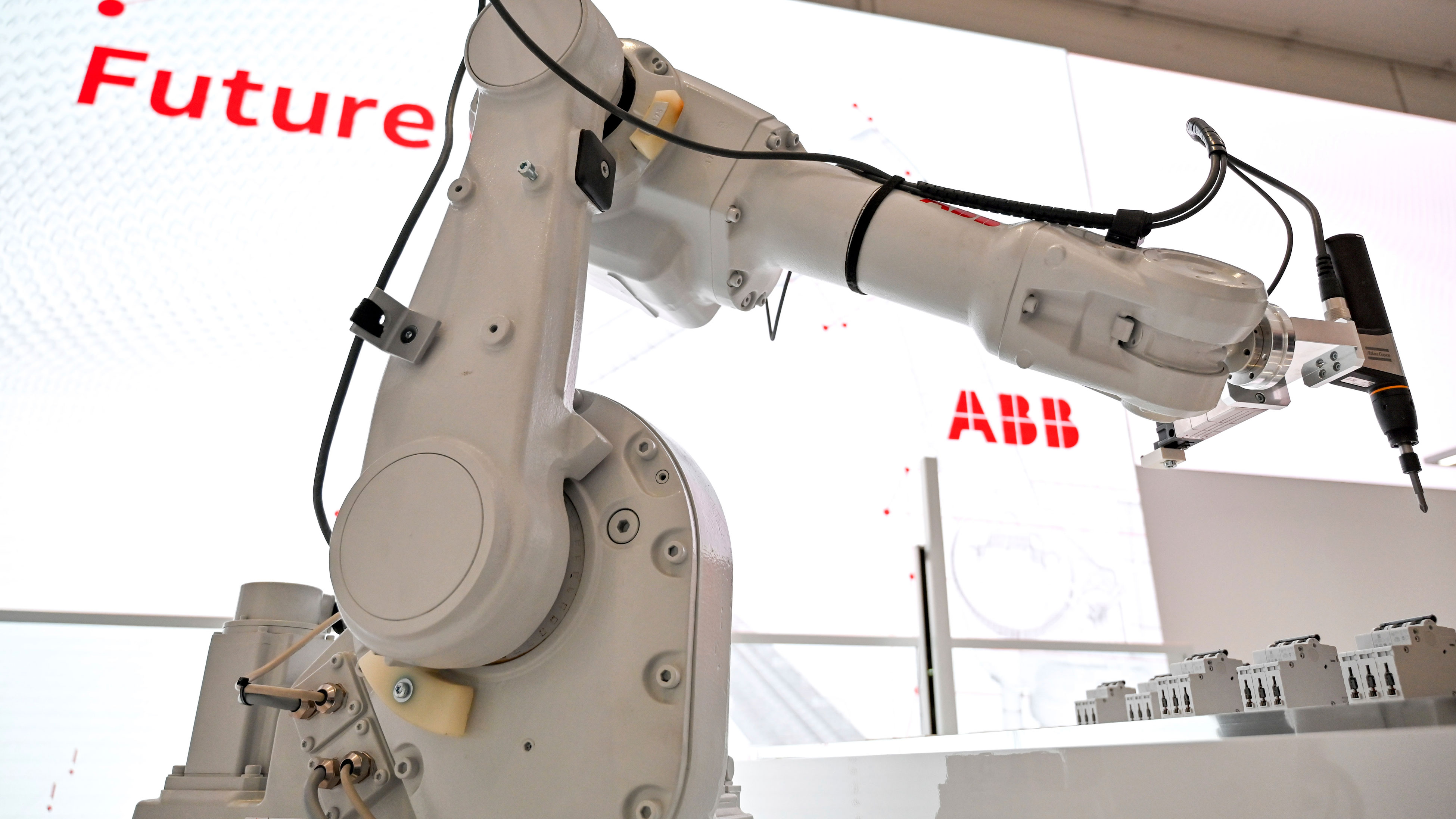AI mavericks want to build a better brain for industrial robots

Some big names in AI and robotics are teaming up to develop a robot operating system that will aim to address the shortcomings of today’s smartest machines.
The startup: Robust.ai, based in Palo Alto, California, will develop a “cognitive platform” for all sorts of robots, from factory and warehouse machines to domestic helpers, according to founder and CEO Gary Marcus, although he hasn’t said exactly what this will entail. Marcus argues that both current industrial robots and research machines that employ machine learning lack many qualities of human intelligence, including common sense.
Deeper learning: Marcus, a cognitive scientist at NYU, is an outspoken critic of AI’s current focus on deep learning, which he says has many shortcomings. He explores this topic with Ernest Davis in a new book, Rebooting AI: Building Artificial Intelligence We Can Trust. Marcus also previously founded a company called Geometric Intelligence, which was acquired by Uber in 2016.
Dream team: The company includes some robotics luminaries. CTO of Robust.ai is Rodney Brooks, an MIT professor who cofounded iRobot, the company behind the Roomba robot vacuum cleaner, as well as a startup called Rethink Robotics. Brooks has also called out the problem of AI hype. Another founder is Henrik Christensen, a professor at UC San Diego who has worked on many industrial robots.
Why it matters: The timing is certainly smart. A number of big and small companies are working on more advanced industrial robots, and there is more and more research applying machine learning to robots. But Marcus and Brooks are right: today’s AI will take robots only so far.
Deep Dive
Artificial intelligence
Large language models can do jaw-dropping things. But nobody knows exactly why.
And that's a problem. Figuring it out is one of the biggest scientific puzzles of our time and a crucial step towards controlling more powerful future models.
Google DeepMind’s new generative model makes Super Mario–like games from scratch
Genie learns how to control games by watching hours and hours of video. It could help train next-gen robots too.
What’s next for generative video
OpenAI's Sora has raised the bar for AI moviemaking. Here are four things to bear in mind as we wrap our heads around what's coming.
Stay connected
Get the latest updates from
MIT Technology Review
Discover special offers, top stories, upcoming events, and more.